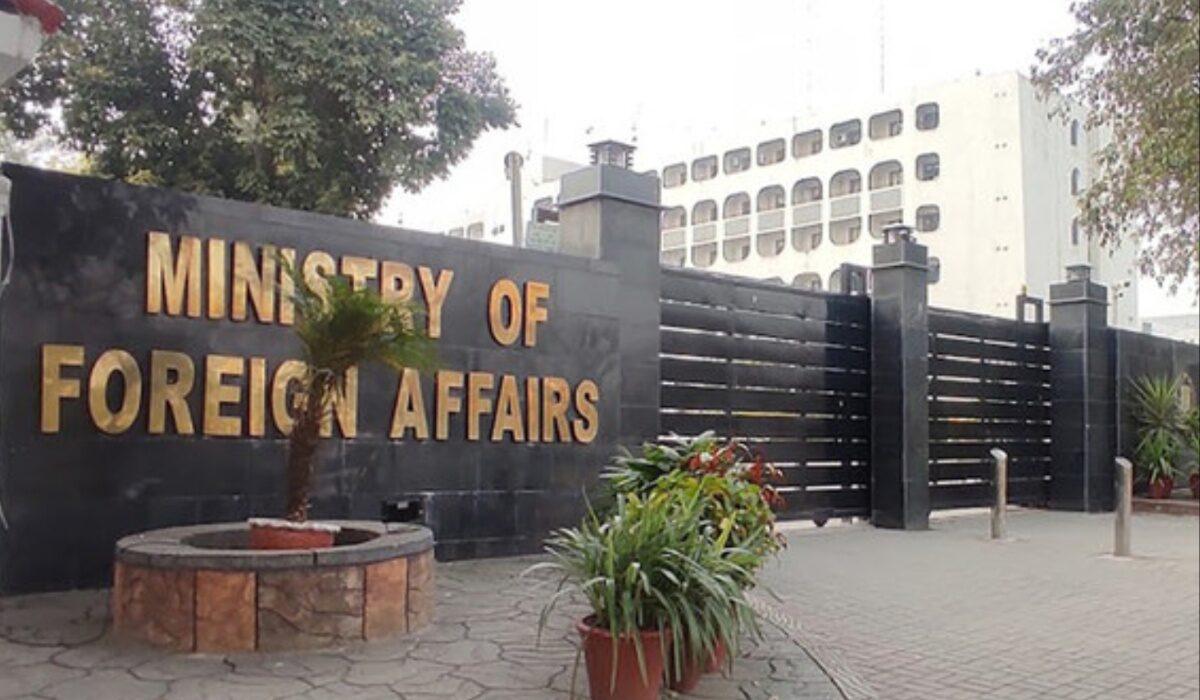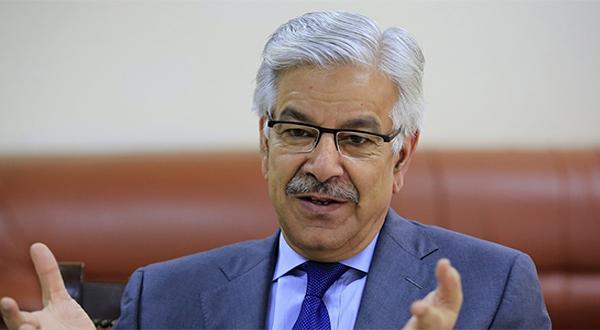Pentagon Monday announced that the United States had completed withdrawal of its armed forces from Afghanistan, ending America’s longest war and closing a chapter in military history likely to be remembered for colossal failures, unfulfilled promises and a frantic final exit.

Soon after the departure of last plane from the Kabul International Airport, Taliban fighters resorted to aerial jubilation firing.
According to Taliban's spokesman Zabihullah Mujahid the last plane left the airport around 12am and that the jubilation fire was committed to celebrate the US departure.
Five US planes were the last to leave teh aiport. Taliban took control of the aiport afterwards.
Hours ahead of President Joe Biden’s Tuesday deadline for shutting down a final airlift, and thus ending the U.S. war, Air Force transport planes carried a remaining contingent of troops from Kabul airport. Thousands of troops had spent a harrowing two weeks protecting a hurried and risky airlift of tens of thousands of Afghans, Americans and others seeking to escape a country once again ruled by Taliban militants.
In announcing the completion of the evacuation and war effort. Gen. Frank McKenzie, head of U.S. Central Command, said the last planes took off from Kabul airport at 3:29 p.m. Washington time, or one minute before midnight in Kabul.
The airport had become a U.S.-controlled island, a last stand in a 20-year war that claimed more than 2,400 American lives.
The closing hours of the evacuation were marked by extraordinary drama. American troops faced the daunting task of getting final evacuees onto planes while also getting themselves and some of their equipment out, even as they monitored repeated threats — and at least two actual attacks — by the Islamic State group’s Afghanistan affiliate. A suicide bombing on Aug. 26 killed 13 American service members and some 169 Afghans.
The final pullout fulfilled Biden’s pledge to end what he called a “forever war” that began in response to the attacks of Sept. 11, 2001, that killed nearly 3,000 people in New York, Washington and rural Pennsylvania. His decision, announced in April, reflected a national weariness of the Afghanistan conflict. Now he faces condemnation at home and abroad, not so much for ending the war as for his handling of a final evacuation that unfolded in chaos and raised doubts about U.S. credibility.
The U.S. war effort at times seemed to grind on with no endgame in mind, little hope for victory and minimal care by Congress for the way tens of billions of dollars were spent for two decades. The human cost piled up — tens of thousands of Americans injured in addition to the dead, and untold numbers suffering psychological wounds they live with or have not yet recognized they will live with.
More than 1,100 troops from coalition countries and more than 100,000 Afghan forces and civilians died, according to Brown University’s Costs of War project.
In Biden’s view the war could have ended 10 years ago with the U.S. killing of Osama bin Laden, whose al-Qaida extremist network planned and executed the 9/11 plot from an Afghanistan sanctuary. Al-Qaida has been vastly diminished, preventing it thus far from again attacking the United States.
Congressional committees, whose interest in the war waned over the years, are expected to hold public hearings on what went wrong in the final months of the U.S. withdrawal. Why, for example, did the administration not begin earlier the evacuation of American citizens as well as Afghans who had helped the U.S. war effort and felt vulnerable to retribution by the Taliban? It wasn’t clear whether any American citizens who wanted to get out were left behind, but untold thousands of at-risk Afghans were.
It was not supposed to end this way. The administration’s plan, after declaring its intention to withdraw all combat troops, was to keep the U.S. Embassy in Kabul open, protected by a force of about 650 U.S. troops, including a contingent that would secure the airport along with partner countries. Washington planned to give the now-defunct Afghan government billions more to prop up its army.
Biden now faces doubts about his plan to prevent al-Qaida from regenerating in Afghanistan and of suppressing threats posed by other extremist groups such as the Islamic State group’s Afghanistan affiliate. The Taliban are enemies of the Islamic State group but retain links to a diminished al-Qaida.
The final U.S. exit included the withdrawal of its diplomats, although the State Department has left open the possibility of resuming some level of diplomacy with the Taliban depending on how they conduct themselves in establishing a government and adhering to international pleas for the protection of human rights.
The speed with which the Taliban captured Kabul on Aug. 15 caught the Biden administration by surprise. It forced the U.S. to empty its embassy and frantically accelerate an evacuation effort that featured an extraordinary airlift executed mainly by the U.S. Air Force, with American ground forces protecting the airfield. The airlift began in such chaos that a number of Afghans died on the airfield, including at least one who attempted to cling to the airframe of a C-17 transport plane as it sped down the runway.
By the evacuation’s conclusion, well over 100,000 people, mostly Afghans, had been flown to safety. The dangers of carrying out such a mission while surrounded by the newly victorious Taliban and faced with attacks by the Islamic State came into tragic focus on Aug. 26 when an IS suicide bomber detonated himself at an airport gate, killing at least 169 Afghans and 13 Americans.
Speaking shortly after that attack, Biden stuck to his view that ending the war was the right move. He said it was past time for the United States to focus on threats emanating from elsewhere in the world.
-- Additional input from AP/AFP
Security forces kill 13 Khwarij in two separate engagements in KP: ISPR
- 14 hours ago
Sources: Rangers address needs with 3 signings
- 20 hours ago
Under-19 Asia Cup: India beat Pakistan by 90 runs
- 14 hours ago

Pakistan condemns attack on UNISFA in Kadugli, Sudan
- 14 hours ago
Bondi Beach shooting: Australia hails ‘hero’ Ahmed who stopped gunman
- 14 hours ago
Pakistan aims to become model in digital assets regulation: Bilal saqib
- 14 hours ago
Australian PM declares Sydney shooting a ‘terrorist’ attack targeting Jews
- 13 hours ago
Diaz picked Dodgers because 'I'm looking to win'
- 20 hours ago

How do you know if you’re wasting your life?
- 6 hours ago
NHL board of governors eager to see more 'color vs. color' jersey matchups
- 20 hours ago
Jays president Shapiro given new 5-year deal
- 20 hours ago
Source: Gray, Nats reach deal to avoid arbitration
- 20 hours ago






